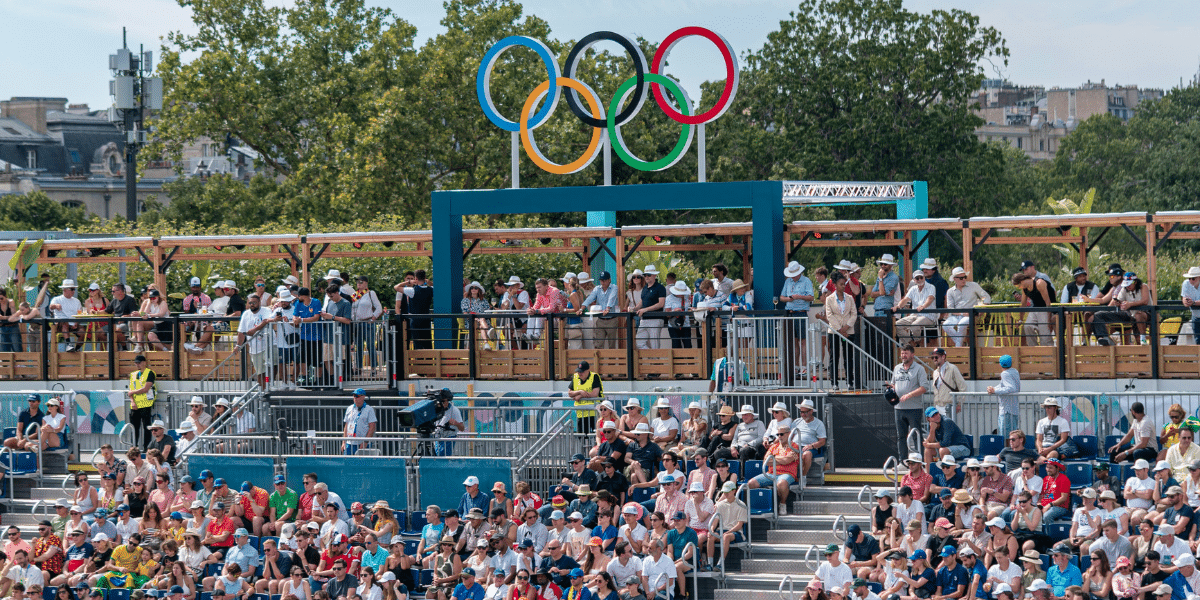By: Maria Williams
In today’s evolving legal world, dispute resolution methods are also changing. Mediation, once an alternative, is now a primary tool for conflict resolution, but some experts, like Nupur Jain, believe there’s room for improvement. A legal professional and mediator, Nupur is pursuing her second master’s in Mediation and Conflict Resolution at MNLU Mumbai while also channeling her passion for fitness, inspired by her mother, a national-level powerlifter.
You believe there should be an “alternative to Alternate Dispute Resolution.” Can you explain?
Mediation: Mediation is a party-centered negotiation where a third party facilitates an amicable settlement without imposing their views. The mediator’s role is to guide the parties, but the decision is entirely theirs.
Conciliation: Less formal than arbitration, conciliation allows a neutral third party to meet with disputants separately to reduce tension and improve communication. Unlike arbitration, it requires no prior agreement.
Negotiation: Often overlooked, negotiation involves the parties themselves working toward compromise without a third party, though attorneys may represent them.
Expert Determination: In cases with technical issues, an independent expert is appointed to reach a decision. This is common in industries requiring specialized knowledge and can save time and money if used alongside mediation.
How has powerlifting influenced your mindset, both professionally and personally?
“I never liked lifting weights,” Nupur shares, recalling how her mother and coach, Jitendra Aher, encouraged her to try. “Now I’ve set personal records—115kg deadlift, 100kg squat, and more. Lifting has taught me focus and discipline. People say they don’t have time to work out, but I work, study, and train every day. You do have time; it’s about priorities.”
For Nupur, weightlifting has helped develop a strong work ethic and resilient mindset. “Lifting isn’t just about building muscle; it’s building mental strength and a will to never give up,” she says. She also lists the “side effects” of lifting: more energy, stress reduction, better sleep, and confidence.
Your mother, Neelam Jain, is a national-level powerlifter. How has she influenced you?
“Lifting has brought focus and stability to my life,” Nupur shares. Training with her mother and Jitu Sir is rigorous. “We start early, weigh ourselves, and head to the gym. It’s a team effort—we pack water, track meals, and motivate each other. Days with excess pain mean rehab together.”
The discipline extends to their nutrition: high-protein meals for breakfast, carefully planned lunches, and low-calorie dinners. Both Nupur and her mother log their food intake to maintain consistency and performance.
You’ve mentioned, “Justice delayed is justice denied.” How does this belief shape your work?
“I believe people should learn to settle disputes through mediation or conciliation to ease the court’s burden,” Nupur explains. Mediation allows parties to control outcomes while preserving relationships. She advocates for prenuptial and postnuptial agreements, which could help alleviate the judiciary’s divorce caseload.
“As an advocate, I fight for justice, but as a mediator, I resolve conflicts with empathy. It’s difficult to balance these roles, but I think effective communication could resolve many disputes,” she says. Nupur rarely takes litigation cases, urging clients to try mediation first.
You plan to pursue a PhD, potentially in Criminal Mediation. What draws you to this field?
“In India, criminal mediation is rare, but it holds promise for minimal-degree crimes like wrongful confinement or minor assault,” Nupur says. “Mediation offers a chance for victims to find closure and for offenders to take accountability.”
She describes mediation as a restorative justice tool that prioritizes healing, understanding, and community involvement. Though not suitable for severe crimes, mediation can aid in appropriate cases, fostering victim empowerment and reducing recidivism.
How do you envision the legal industry evolving over the next decade, especially regarding mediation?
“Mediation has long addressed conflicts in our diverse society,” Nupur begins. “With the new Mediation Act of 2023, India is taking a huge step forward.” The Act promotes voluntary, efficient dispute resolution, with timelines and online mediation options designed to streamline the process.
While arbitration is often costly, mediation offers a confidential, affordable alternative, making it attractive to corporations seeking to avoid litigation delays. “Companies now include mandatory mediation clauses in contracts. Even with its advantages, mediation isn’t yet popular enough,” she notes.
Why should India promote mediation?
“To tackle case backlogs. As of May 2022, over 4.7 crore cases are pending across different courts,” she emphasizes, adding that the Supreme Court’s Mediation and Conciliation Project Committee highlights mediation’s effectiveness in conflict resolution.
What about mediation as a tool for true justice and social change?
“Mediation simplifies justice delivery, aligning social norms with constitutional values,” Nupur explains. The Singapore Convention on Mediation, which India signed in 2019, bolsters India’s potential as an international mediation hub. “It’s time we establish a law governing both domestic and international mediation,” she says.
And how do you see the role of e-mediation?
“E-mediation gained popularity during COVID-19,” she explains. “It’s efficient, especially for corporate disputes, and could also aid in debt resolution.” The pandemic highlighted e-mediation’s potential to expedite cases, and she believes it will continue to grow as a practical solution in the future.
Published by: Josh Tatunay














